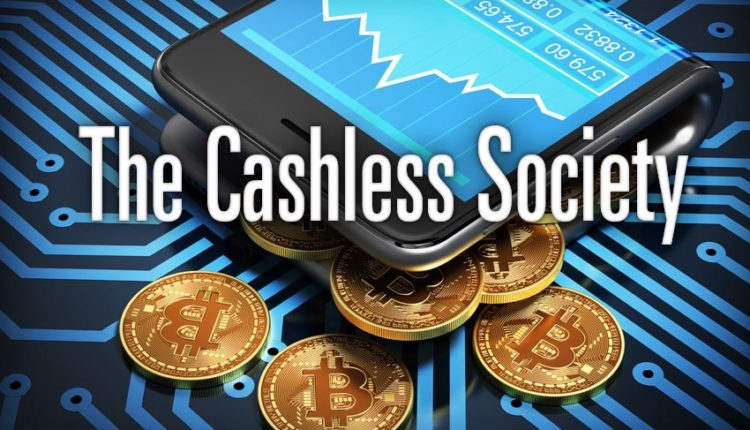Is A Cashless Society The New Reality ?
While cash is expected to remain a significant payment instrument in the near future, factors such as "contactless" pay systems, increasing mobile penetration, and high costs of cash(ATM fees for individuals, cash storage for businesses, currency printing for governments, etc.) are prompting society to reconsider its uniquity
Insight Bureau: From Barter to cash to checks to online banking, money is an evolving technology that has been part of human history for thousands of years. While cash is expected to remain a significant payment instrument in the near future, factors such as “contactless” pay systems, increasing mobile penetration, and high costs of cash(ATM fees for individuals, cash storage for businesses, currency printing for governments, etc.) are prompting society to reconsider its uniquity.
Between our growing enthusiasm for online shopping, the ease and speed with which we can now make electronic bank transfers and the inexorable rise of cards and the advent of digital wallets, more and more of us are shunning physical money. The big advantages of non-cash payments are that they are seamless, efficient, convenient. Cash is going out of style. Instead of carrying a wallet stuffed with bills, one can now rely on credit cards, mobile wallet apps and money transfer companies like PayPal to make purchases.
The Benefits of a cashless society
convenience: Swiping a credit card or scanning phone makes buying things quick and simple. It requires no counting out of cash or making of change and it allows us to buy whatever we want without having to first stop by the bank to withdraw cash. It’s also convenient for retailers. They don’t have to deposit as much cash every day and can more easily balance their books.
Crime Prevention: Most forms of cashless payment leave a digital record of when and where a purchase was made and what was purchased, helping law enforcement detect criminal behavior and helping them track the movements of criminal suspects.
Stability: A banking collapse can lose a lot of people a lot of money. However, cashless systems don’t necessarily require a banking system to function.
The Drawbacks of a cashless society
Less privacy: Cash allows us to make purchases anonymously. Without cash, we would be forced to leave a record of everything we buy. While this may not bother some, there are many who worry that governments and corporations could use purchasing histories as a way to track us, monitor us and even intimidate us.
No alternative source of money in the case of technical issues or hacker activity and it can also exposes personal information to a possible data breach.
What Does a cashless society look like?
Support Independent Journalism? Keep us live.
credit and debit cards: Cards are among the most popular cash alternatives in use today, but cards alone might not be enough to support a 100% cashless society. Mobile devices could become a primary tool for payments instead.
Electronic payment apps: Apps like Zelle PayPal, and Venmo are helpful for person-to-person payments Fintech companies like Stripe, Adyen, and Fiserv support business-to-consumer (B2C), business-to-business (B2B), or what they now merge into account-to-account (A2A) online payments in a reliable and speedy fashion.
Mobile payment services: These services, along with mobile wallets like Apple Pay, provide secure, cash-free payments. Many nations that use cash sparingly have already seen mobile devices become common tools for payments.
Virtual currencies: Cryptocurrency is already part of the discussion. Crypto is used for money transfers, and it introduces competition and innovation that may help keep costs low. However, there are risks and regulatory hurdles that make cryptocurrencies impractical for most consumers, so they might not yet be ready for widespread use.
Examples of cashless society
Several nations are already making moves to eliminate cash, with the push coming from both consumers and government bodies. Sweden and India are two notable examples with two different outcomes.
SWEDEN
It’s not uncommon to see signs that say, “No Cash Accepted” in Swedish shops. According to the European Payments Council, cash transactions accounted for just 1% of Sweden’s GDP in 2019, and cash withdrawals have been steadily declining by about 10% per year. Consumers are mostly happy with this situation, but those who struggle to keep up with technological developments continue to rely on cash. Sweden is gearing up to become the first cashless nation in the world, with an economy 100% digital by 2023.
INDIA
The Indian government banned 500 and 1,000 rupee notes in November 2016 in an effort to catch criminals and those working in the informal economy. The implementation was controversial, in part, because these notes made up 86% of currency in circulation. However, criminals weren’t punished for hoarding untraceable cash, which had been the intent of the move.


Comments are closed.